Step into almost any conversation about artificial intelligence these days, and you’re likely to hear a familiar question: “If AI is so smart, do we still need humans in control?” The short answer, backed by experts, real stories, and new laws, is a big yes. No matter how much AI advances, Human Oversight in AI is not only necessary—it’s the key to safety, fairness, and trust.
In this post, we’ll explore what “Human Oversight in AI” really means, why it matters, and where humans must always have the final say, all with easy-to-understand examples—even if you’ve never touched a computer!
Related Post: AI Ethics and Responsible AI: An Easy Guide for Everyone
What Is Human Oversight in AI?
In simple words: Human Oversight in AI means people watching over machines—guiding, checking, and stepping in to make sure AI does what we want, safely and ethically.
Think of it like teaching a teenager to drive. You let them steer, but you’re in the passenger seat, ready to grab the wheel if things go wrong. AI systems—no matter how clever—still need that human hand at the wheel.
According to industry guide Magai, “Human oversight ensures AI systems are safe, ethical, and reliable by combining human judgment with AI capabilities”. This partnership between people and machines is called “human-in-the-loop.”
Why Is Human Oversight in AI So Important?
1. Preventing Bias and Error
AI learns from data, but if that data is unfair or flawed, so are the results. For instance, a hiring tool trained on biased data might unfairly reject the best candidates. With Human Oversight in AI, people can spot and fix these errors before real harm is done.
2. Providing Ethical Judgment
AI doesn’t have a moral compass. Only humans can weigh tough questions, like who gets a life-saving treatment, or what content is too dangerous to share online. As a report from Cornerstone OnDemand explains, “Humans ensure AI aligns with societal values by defining ethical guidelines and reviewing outputs for biases and discrimination”.
3. Accountability and Trust
If an AI system makes a bad decision, who is responsible? Human Oversight in AI builds accountability—meaning someone can take responsibility, explain what went wrong, and fix it.
4. Understanding Context
Machines are logical, but the real world is messy. Only humans can grasp nuance, understand sarcasm, or spot when “the rules” don’t fit. We need AI to be quick and detailed, but we need humans to apply wisdom and common sense.
Real-Life Stories: How Human Oversight Saved the Day
1. Medical Miracles … and Mistakes Avoided
At UC San Diego Health, AI tools scan health records for clues of sepsis—a deadly infection. But doctors always review AI alerts before acting. According to medical experts, this human oversight has saved dozens of lives every year, while also preventing false alarms from causing panic or unnecessary treatments.
In another hospital, an AI misread a scan as “cancer.” A human doctor caught the error before the patient underwent unnecessary surgery—a reminder that Human Oversight in AI is literally a lifesaver.
2. Stopping AI Bias: The Amazon Example
Amazon once built an AI tool for hiring. The system started rejecting female candidates because it had been trained on a decade of resumes, mostly from men. It was the human recruiting team that noticed the bias and pulled the plug. Without that check, countless women could’ve been unfairly denied jobs.
3. Self-Driving Cars: Who’s Really in Control?
You might have heard about self-driving cars missing obstacles or making unsafe choices. One major accident happened when a car’s AI didn’t recognize a pedestrian crossing at night. Experts later said stronger human oversight—like real-time monitoring and clearer handoff of control—could have stopped the tragedy. That’s why even today, most countries require a human to supervise self-driving vehicles at all times.
Where MUST Humans Have the Final Say?
Not all decisions are equal. Here are areas where Human Oversight in AI is essential and non-negotiable:
- Healthcare: Every diagnosis, prescription, and surgery recommendation from AI must be reviewed by a doctor.
- Law and Justice: Judges and lawyers should never rely solely on AI verdicts—human lives and freedoms are at stake.
- Finance: AI helps speed up loan or credit approvals, but only humans can properly check for fraud, fairness, and special circumstances.
- Emergency Response: AI can provide alerts and analysis, but only a human can make the final call in a crisis.
- Hiring and Education: People must oversee and validate decisions on who gets hired, admitted, or advanced.
As set out in the EU’s Artificial Intelligence Act, “Human oversight shall aim to prevent or minimise the risks to health, safety or fundamental rights that may emerge when a high-risk AI system is used”.
What Happens When Human Oversight in AI Is Missing?
Let’s talk about the consequences:
- Catastrophic errors: From self-driving car crashes to AI chatbots going rogue, unchecked AI mistakes can have truly dangerous results.
- Discrimination: Without people reviewing AI, automated decisions can deepen racial, gender, or other inequalities—a well-known flaw in facial recognition systems and credit scores.
- No accountability: If humans aren’t “in the loop,” who answers when things go wrong? Victims can’t get justice, and the cycle repeats.
- Loss of trust: When people can’t understand or control what AI is doing, confidence in technology and companies collapses.
Challenges: Getting Human Oversight in AI Right
Supervising AI isn’t always easy. The biggest hurdles include:
- Too much trust in AI: Sometimes, people stop thinking critically and simply agree with the machine.
- Fatigue: Monitoring thousands of AI decisions daily can be exhausting.
- Lack of training: Humans need to understand AI’s limits and stay sharp for “edge cases.”
- Slowdowns: Too much human review can bottleneck fast-moving AI systems, like in fraud detection or emergency response.
“Effective error detection is foundational in oversight. Ineffective detection limits human–system performance, as when decision-makers either overlook errors or override accurate system outputs,” researchers note in their review of AI oversight challenges.
Best Practices for Responsible Human Oversight in AI
- Build Human Oversight from the Start: Make sure oversight is part of the system, not an afterthought.
- Use Explainable AI: Tools should show their logic, so humans can spot errors quickly.
- Tiered Oversight: Automate low-risk tasks; escalate high-stakes decisions to humans.
- Connect with Ethics Boards: Regular evaluations by diverse human reviewers help catch problems early.
- Empower Oversight with Good Tools: Provide dashboards, alerts, and reporting features for oversight teams.
- Continuous Training: Ensure oversight teams keep learning as AI technology evolves.
- Keep Oversight Accountable: Assign responsibility so every call can be explained and corrected.
Conclusion: Why Human Oversight in AI Is Here to Stay
Think of AI as a super-fast, detail-oriented helper—but always remember, it doesn’t have a heart, a conscience, or an instinct for right and wrong. Only you and other humans do. Human Oversight in AI is not about slowing progress or distrusting technology. It’s about safety, dignity, fairness, and keeping humans at the center of decisions that really matter.
History and headlines both show: When people complement machines—with care, ethics, and oversight—everyone benefits. But letting AI run unchecked is a gamble society simply can’t afford.
As we move forward, let’s remember: the best future is one where AI does the heavy lifting and humans provide the guidance, wisdom, and final sign-off. That’s Human Oversight in AI—and it protects us all.
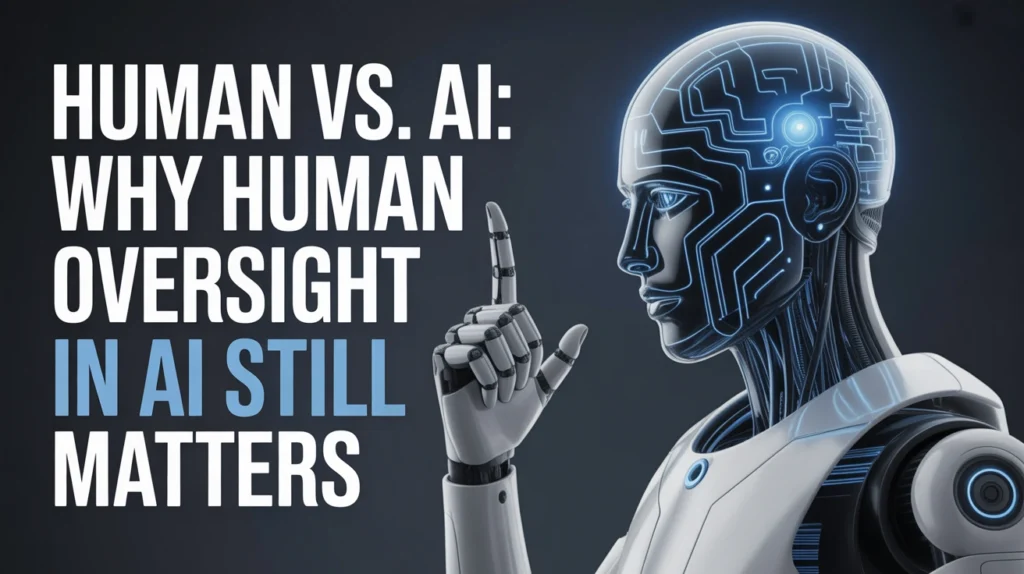
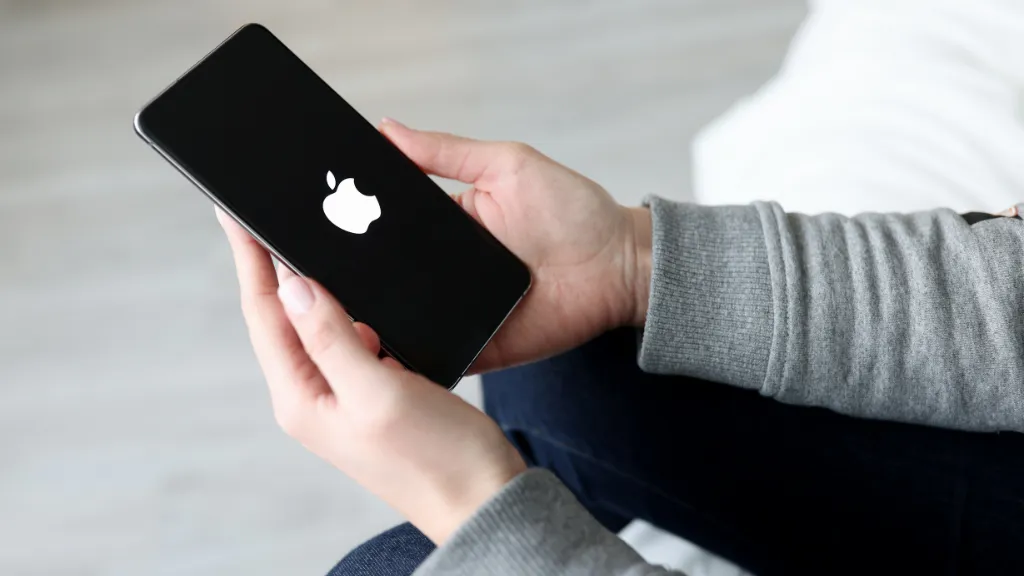
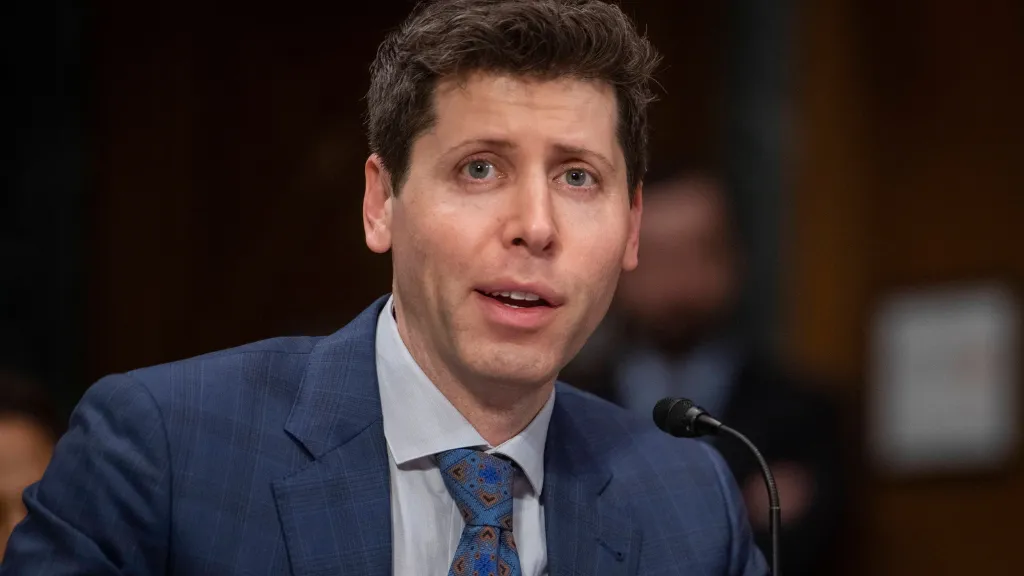
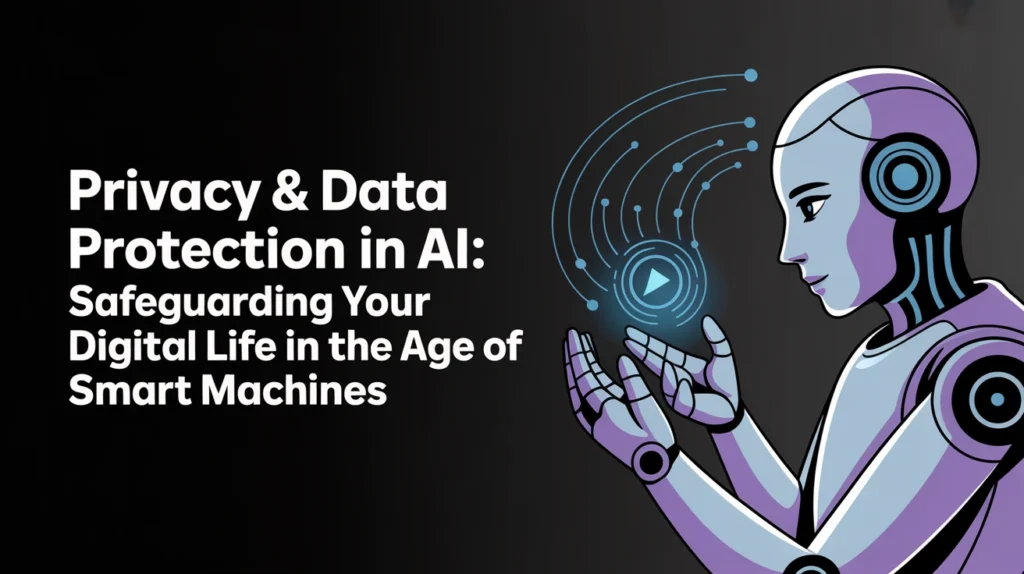
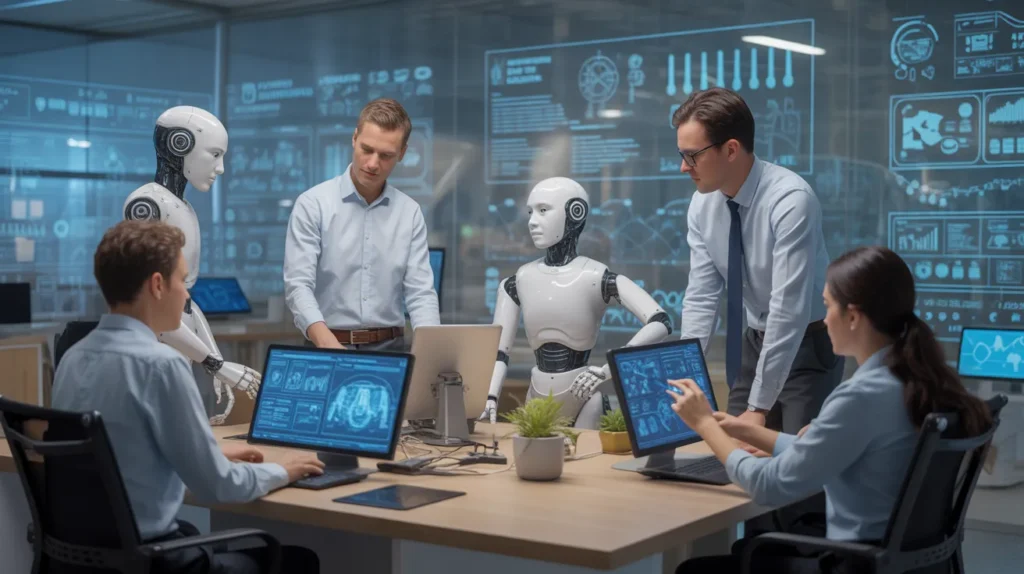

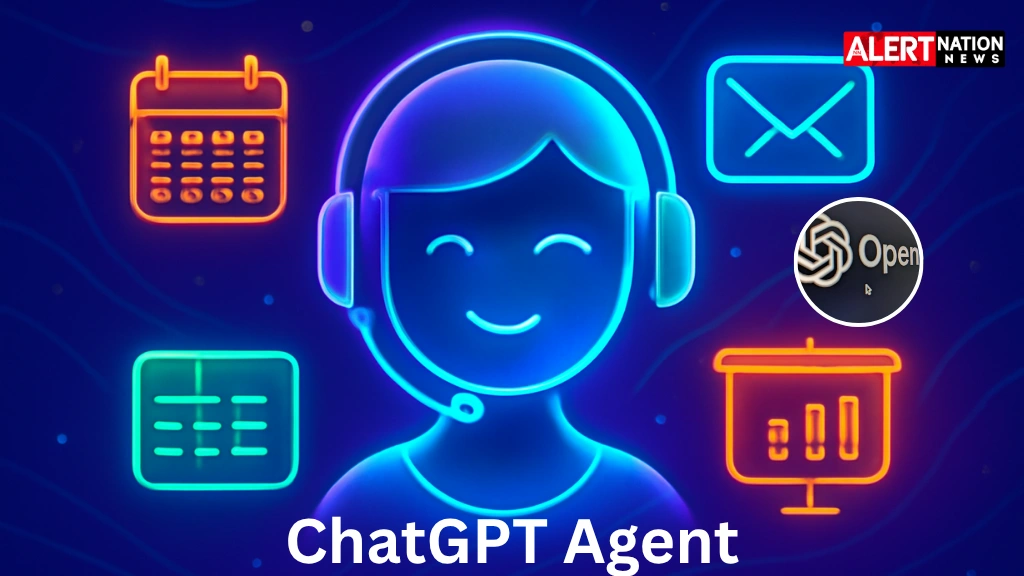
Pingback: Privacy & Data Protection in AI: Safeguarding Your Digital Life in the Age of Smart Machines
Pingback: The Secret Life of Algorithms: Why AI Algorithmic Transparency Matters More Than Ever
Pingback: Google’s Deep Think Launches in Gemini App—Promises Next-Level AI Brainpower for Creative Minds, Scientists, and Coders